“The Story of Manduk” written by a special order of King Jeongjo
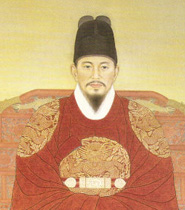
Jeongjo-ujin
Kim Manduk achieved immense wealth by engaging in commerce as a woman, thus transcending the strict social caste system of the Joseon Dynasty; she also generously offered all of her fortune to save Jeju’s people from starvation. King Jeongjo, then king, whose reign was characterized by the ideology of socio-economic reform, ordered his vassals to write up the biography of Kim Manduk in an effort to highlight his commitment to reform by promoting Manduk and her activities.
Chae Jegong’s Documentation (1720~1799)
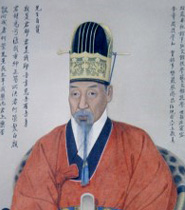
portrait of Che Je-gong
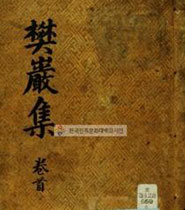
Bunamjip
Manduk’s last name was Kim and she was the daughter of a Yangin (commoner) family on Jeju Island…Her mother passed away when she was young and was adopted by a gisaeng household as there was no one to take care of her…She lodged a complaint with the district office and regained her Yangin status as her name was removed from the list of lowly gisaengs…Manduk donated a lot of money and purchased rice from the mainland…Every person in Jeju praised her gracious deeds and chanted, “It is Manduk who saved us.”…Manduk said, “I don’t have any wish. Only to go Seoul and see the place where the King lives and to travel around the 12,000 peaks of Geumgangsan Mountain…Manduk was appointed as an honorary female physician to have most of the court female physicians under her supervision…Manduk became a household name in Seoul and all scholars and government officials wanted to see her in person
Jeong Yak-yong’s Documentation (1762~1836)
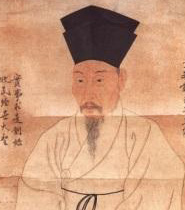
Portrait of Jeong Yak-yong
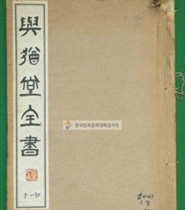
Yeoyudangjeonseo
I would like to say Man-duk has three admirable traits and four special traits.
Being registered as a gisaeng, she was a widow who wasn’t married more than once, donated much money and loved the mountains as she lived on an island. These are three of her admirable traits. She has beautiful eyes, as a servant was called a postrider, as a gisaeng let monks carry palanquins, and as an isolated islander received love and gifts from the king. These are four of her special traits.
Paek Jega’s Documentation (1750~1805)
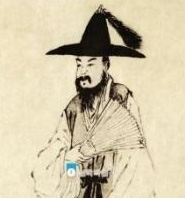
Portrait of Park Je-ga
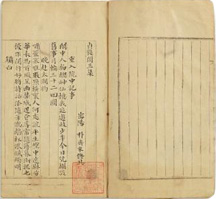
Jeongyugakjip
Jeongyugak Munjip (Collection of Works of Jeongyugak)
When a severe famine struck Jeju Island in 1795, Manduk distributed grains and crops to save the Jeju population from starvation…All she wanted was to visit Geumgangsan Mountain…Transcending her destiny as a woman, she was granted an audience with the King and crossed the blue ocean and made it to the Royal Palace, thereby meeting with the King in person. She also traveled to a famous mountain. Indeed, she was a rare person who led a generous and noble life from her birth to her death.
Manduk from a Different Perspective: Manduk-jeon by Sim No-sung
The story of Manduk by Sim No-sung illustrates the inevitable dark side of how Manduk was able to accumulate wealth as a woman in the male-dominant Joseon Dynasty society. As Sim No-sung was politically opposed to Chae Jegong, he recorded Manduk’s story with a greater emphasis only on the negative aspects of her life.
Poem by Gisaeng Hongdo
When Manduk visited Seoul thanks to the grace of the then King of Joseon, Hongdo, the famous gisaeng and beauty of the town, wrote a poem praising her benevolent act.
Man-duk
A Song for Tamra Gisaeng, the Head Female Doctor.
Wasn’t afraid of the wind and the thousands of waves.
Heading for the deep valley of Geumgang Mountain.
The fragrant name will be engraved in a gisaeng garden.










 Introduction of Kim Man-duk
Introduction of Kim Man-duk












